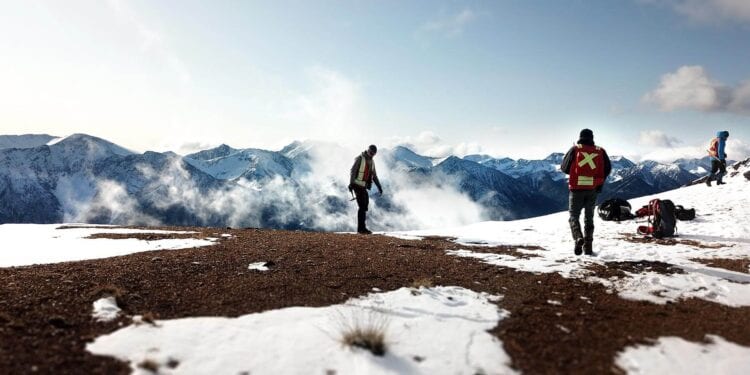Chasing Destiny Gold In Ongoing Drill Programme
Clarity Gold Corp. (CSE: CLAR) has begun mobilising a second drill rig to the Destiny Project in the Abitibi in Quebec.
CEO, James Rogers, said the rig will commence operations at the GAP Zone, a coarsely drilled zone along strike and east of the DAC Zone. The drill will be tasked with completing several holes designed to infill historic drilling and test the GAP Zone at depth. Salient results from previous drilling in the GAP Zone include 16.1 g/t Au over 6 m from 85.5 m including 90.3 g/t Au over 1 m.
“We are very excited to bring a second drill rig into our ongoing program,” Mr Rogers said.
“As exploration progresses, the addition of the second drill rig will increase efficiency allowing the company to more rapidly complete the planned programme.”
The Destiny Project is located in the prolific Abitibi Greenstone Belt where more than 190 million ounces of gold have been produced historically along major structural breaks within the assemblage of Archean-age volcanic, sedimentary and intrusive rocks.
The Destiny Project lies along the approximately 400 km long Chicobi Deformation Zone, a major structural break which is largely underexplored in the Abitibi Greenstone Belt.
The 5,013 ha project includes the DAC Zone, one of several gold zones along an approximately 6 km long segment of the Despinassy Shear Zone within the Chicobi Deformation Zone. Approximately 2.5 km east along strike of the DAC Zone is the Darla Zone. In between the Darla and DAC is the coarsely drilled GAP zone where 2012 drilling intercepted anomalous gold in all 12 holes which were spaced 100 m apart.
The current exploration potential is based on decades of past work on the Destiny Project. Exploration of the Destiny Project dates back to the 1930s. The first concerted diamond drilling campaign commenced in 1998.
Previous work on the property includes:
- 172 Diamond drill holes comprising approximately 50,400 m
- Reconnaissance till sampling from 11 Sonic drill holes
- 2,430 MMI geochemical samples
- 982 line km of airborne VTEM surveys
- 171 line km of ground magnetics surveys
- 128 line km of IP.












